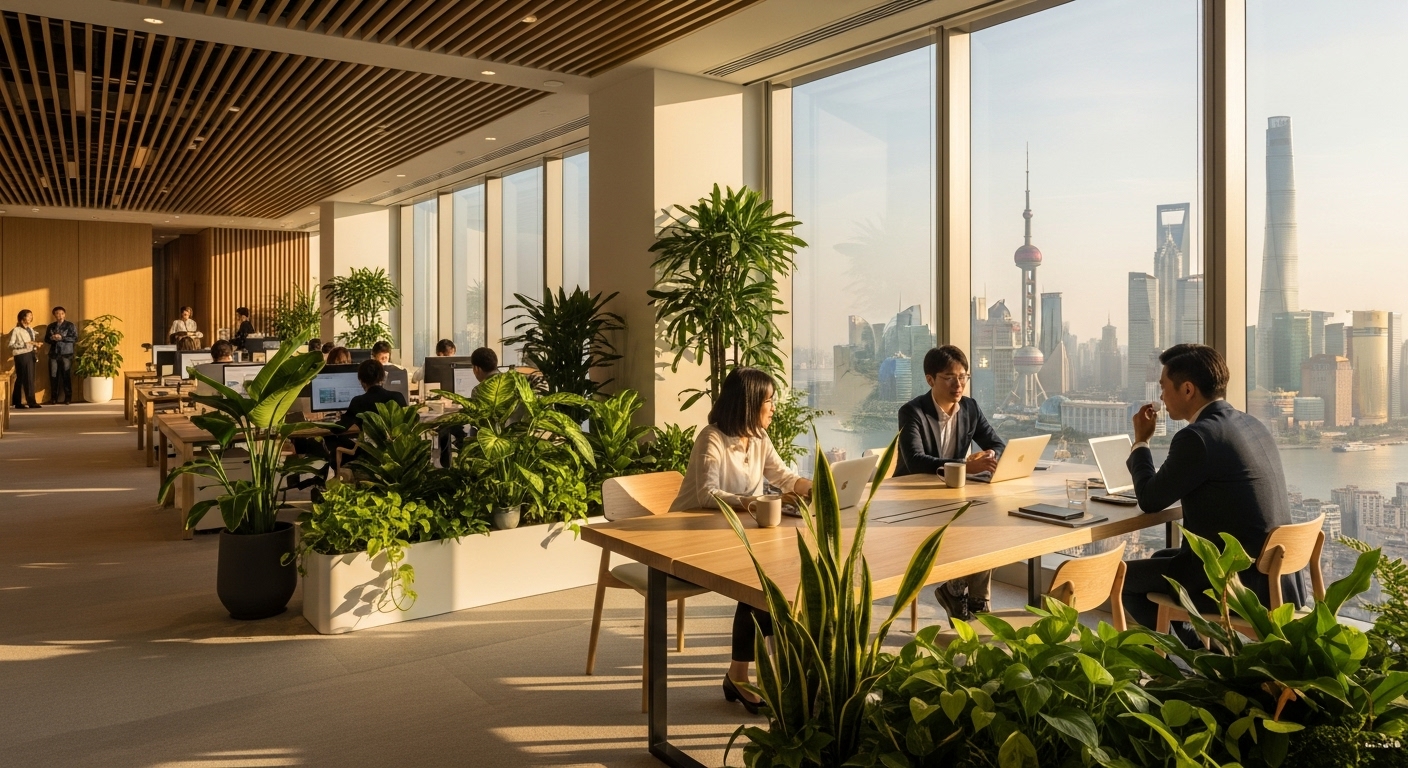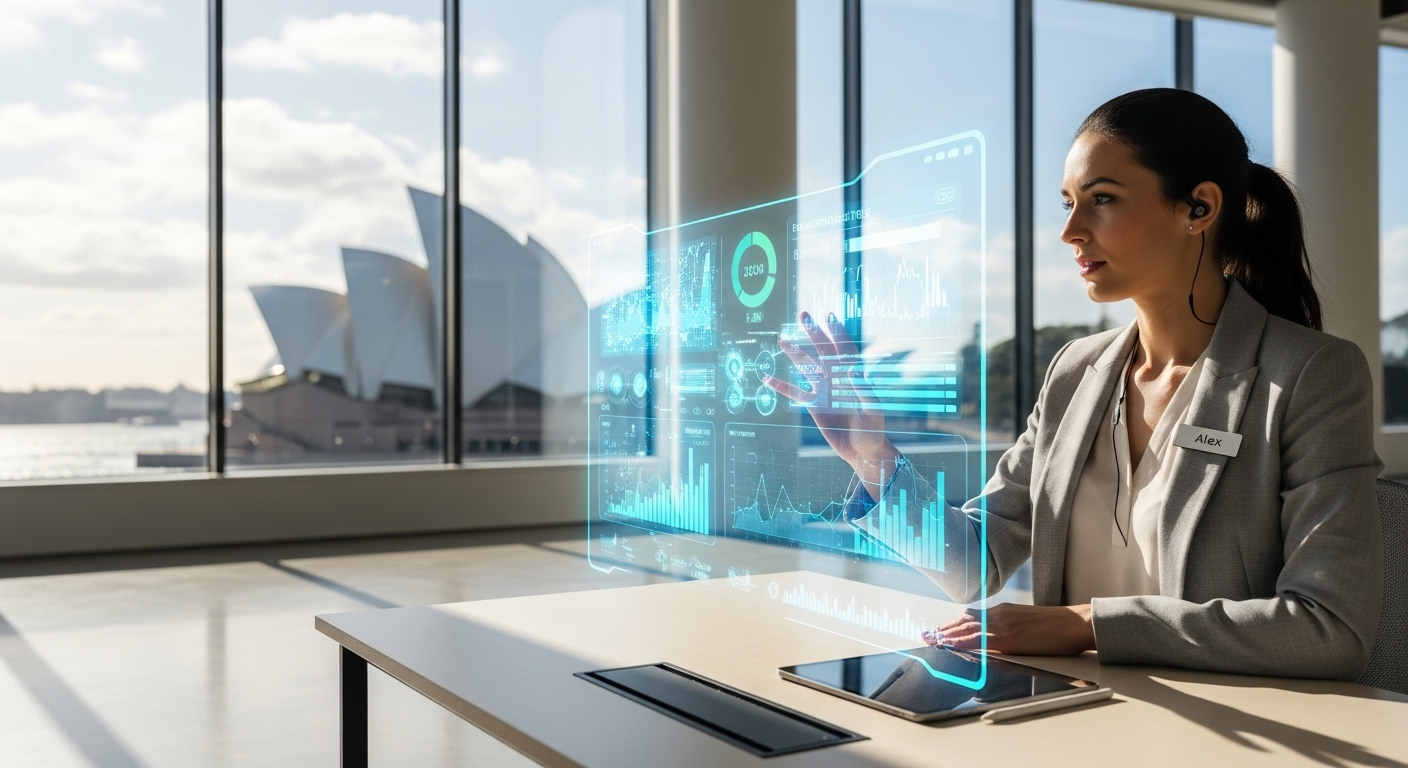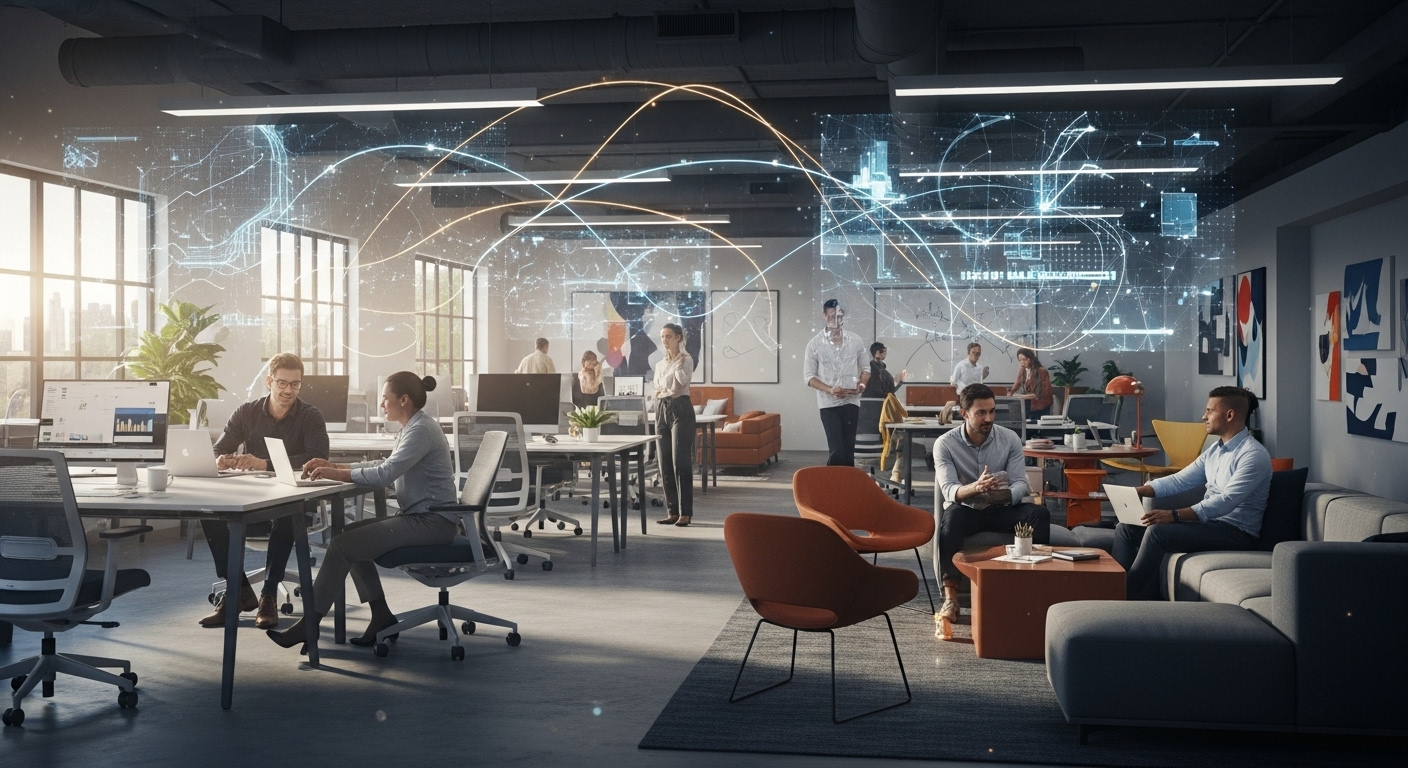In the relentless pace of a global megacity, the definition of a premier workspace is undergoing a profound transformation. No longer is it enough for an office to be merely a place of business; it must now be a beacon of responsibility, a hub of well-being, and a testament to forward-thinking values. The rise of the sustainable workspace is more than a fleeting trend—it is a strategic imperative, deeply intertwined with corporate identity, talent acquisition, and long-term financial health. This shift is particularly palpable in dynamic urban centers, where the pressures of growth and environmental consciousness collide, creating a fertile ground for innovation. This article explores the multi-faceted world of sustainable work environments, examining how they merge ecological responsibility with human-centric design, leverage cutting-edge technology to drive efficiency, and ultimately deliver a powerful return on investment that goes far beyond the balance sheet.
The new bottom line: linking ESG goals to workspace strategy
In today’s investment climate, Environmental, Social, and Governance (ESG) criteria have moved from the periphery to the core of corporate strategy. Stakeholders, from investors to consumers, are increasingly scrutinizing a company’s commitment to these principles. The physical workspace has emerged as one of the most visible and impactful demonstrations of a company’s ESG performance. It’s a tangible asset that tells a story about an organization’s values. A building that minimizes its carbon footprint, conserves water, and prioritizes non-toxic materials sends a powerful message about environmental stewardship. Similarly, a space designed to enhance employee health and well-being speaks volumes about the ‘Social’ component of ESG. This commitment is not just about public relations; it directly influences a company’s ability to attract capital. Investment funds are increasingly allocating resources to companies with strong ESG profiles, viewing them as less risky and better positioned for long-term growth. An unsustainable office can become a liability, signaling a disregard for modern business imperatives and potentially deterring top-tier investors who see sustainability as a proxy for resilient and forward-thinking management.
Beyond energy savings: the human-centric benefits of green design
While reduced utility bills are a significant benefit of sustainable workspaces, the true value lies in their impact on the most crucial asset: people. The principles of green design are intrinsically human-centric. Biophilic design, which integrates natural elements like plants, natural light, and organic materials into the built environment, has been shown to reduce stress, enhance creativity, and improve cognitive function. In a dense urban landscape, access to nature, even simulated, is a powerful antidote to workplace fatigue. Furthermore, sustainable buildings prioritize superior indoor air quality through advanced ventilation systems and the use of low-VOC (Volatile Organic Compound) materials. This focus on clean air can lead to a significant reduction in employee sick days and an increase in overall productivity. A workspace that actively promotes the health and well-being of its occupants fosters a culture of care, boosting morale and employee loyalty. This human-centric approach transforms the office from a place of obligation into a destination that supports holistic well-being, making it a powerful tool for talent retention in a competitive market.
Certifiably green: navigating LEED, WELL, and China’s three star system
For companies looking to formalize their commitment to sustainability, third-party certifications provide a clear framework and a credible benchmark. Globally, two standards dominate the conversation: LEED (Leadership in Energy and Environmental Design) and the WELL Building Standard. LEED primarily focuses on the environmental performance of a building, evaluating factors like energy efficiency, water conservation, and sustainable materials. WELL, on the other hand, centers on human health and well-being, assessing criteria such as air and water quality, nourishment, light, and mental wellness. In addition to these international standards, businesses in China must also be familiar with the national Green Building Evaluation Label, commonly known as the ‘Three Star System.’ This standard is tailored to local conditions and government priorities. Navigating these frameworks is a critical step for businesses operating in Shanghai, where the skyline is increasingly populated by towers boasting high-level LEED and WELL certifications. Achieving these certifications is not merely about earning a plaque for the lobby; it is a strategic move that enhances asset value, attracts premium tenants, and signals a commitment to global best practices in a city that prides itself on being at the forefront of development.
The circular office: rethinking waste, materials, and lifecycle management
A truly sustainable workspace extends beyond operational efficiency to embrace the principles of the circular economy. This forward-thinking approach challenges the traditional linear model of ‘take, make, dispose’ and instead focuses on creating a closed-loop system where resources are kept in use for as long as possible. In an office context, this means making conscious decisions about every material and piece of furniture. It involves sourcing furniture made from recycled or rapidly renewable materials, selecting products that can be easily disassembled and repurposed at the end of their life, and implementing robust recycling and composting programs to divert waste from landfills. Designing for adaptability is also a key component. Modular walls and flexible furniture systems allow the workspace to evolve with the company’s needs, reducing the need for costly and wasteful renovations. This lifecycle approach not only minimizes environmental impact but also offers long-term economic benefits by reducing waste disposal fees and the cost of new materials. It represents a deeper level of commitment to sustainability, one that considers the entire journey of a product from its creation to its eventual reuse.
The smart and sustainable hub: how IoT is driving efficiency
Technology is the critical enabler of the modern sustainable workspace. The Internet of Things (IoT) has unlocked unprecedented opportunities for optimizing building performance and reducing environmental impact. A network of smart sensors can monitor occupancy, temperature, and light levels in real-time, allowing HVAC and lighting systems to operate with maximum efficiency. For example, lights can automatically dim or turn off in unoccupied areas, and climate control can adjust based on the number of people in a room. This data-driven approach moves beyond educated guesses to precise, automated control, leading to significant energy savings. Smart systems can also monitor water usage and detect leaks instantly, conserving a precious resource. This technological integration is particularly effective in a tech-forward metropolis like Shanghai, which has heavily invested in becoming a global ‘smart city.’ The robust digital infrastructure allows for the seamless deployment of these IoT solutions, enabling buildings to become responsive ecosystems that not only minimize their own footprint but also contribute to the broader efficiency goals of the urban environment. This fusion of smart technology and green principles is creating a new generation of high-performance buildings.
The talent magnet revisited: winning the war for talent with sustainable values
In the global competition for top talent, a company’s values are as important as its salary packages. Today’s workforce, particularly millennials and Gen Z, actively seeks employers whose values align with their own. A demonstrable commitment to sustainability is a powerful differentiator. A green-certified, health-focused workspace serves as a physical embodiment of this commitment, making it a potent recruiting tool. It tells prospective employees that the company cares about their well-being and the health of the planet. This can be the deciding factor for a candidate choosing between two otherwise similar offers. Furthermore, employees who are proud of their company’s environmental and social initiatives report higher levels of job satisfaction and engagement. This enhanced morale translates into lower turnover rates, saving the company significant costs associated with recruitment and training. In essence, the sustainable workspace is an investment in human capital. It helps build a strong, positive culture that not only attracts the best and brightest but also inspires them to stay and do their best work, creating a virtuous cycle of engagement and performance.
Calculating the green ROI: the business case for sustainability
While the ethical and social arguments for sustainable workspaces are compelling, the business case is equally strong. The return on investment (ROI) for green buildings is multi-layered and significant. The most direct returns come from operational savings. Highly efficient buildings can reduce energy consumption by 25-50% and water usage by 40% or more, leading to substantial and ongoing reductions in utility costs. Beyond these direct savings, the productivity gains from a healthier, more engaged workforce contribute significantly to the bottom line. Studies have consistently shown that employees in well-ventilated, well-lit, and biophilic environments are more focused and efficient. Furthermore, sustainable buildings often command higher rental rates and have lower vacancy rates, making them more valuable assets. In a competitive and sophisticated real estate market such as Shanghai, where operational excellence and long-term value are paramount, the financial logic is undeniable. Investing in sustainability is not an expense; it is a strategic decision that mitigates risk, enhances brand value, and drives profitability, proving that what is good for the planet and its people is also good for business.
The evolution of the workspace is a direct reflection of our evolving priorities. As we move into a future defined by environmental challenges and a greater focus on human well-being, the sustainable workspace is no longer a niche concept but the new global standard. It represents a holistic approach where design, technology, and corporate strategy converge to create environments that are both productive and restorative. The journey towards sustainability is about more than just reducing a carbon footprint; it’s about building resilient organizations, fostering vibrant cultures, and investing in the long-term health of people, the planet, and the bottom line. For cities and the companies within them, embracing this new paradigm is not just a matter of corporate social responsibility—it is the cornerstone of building a competitive, attractive, and enduring presence in the global economy. The green, smart, human-centric office is not just the future of work; it is the foundation of future success.





